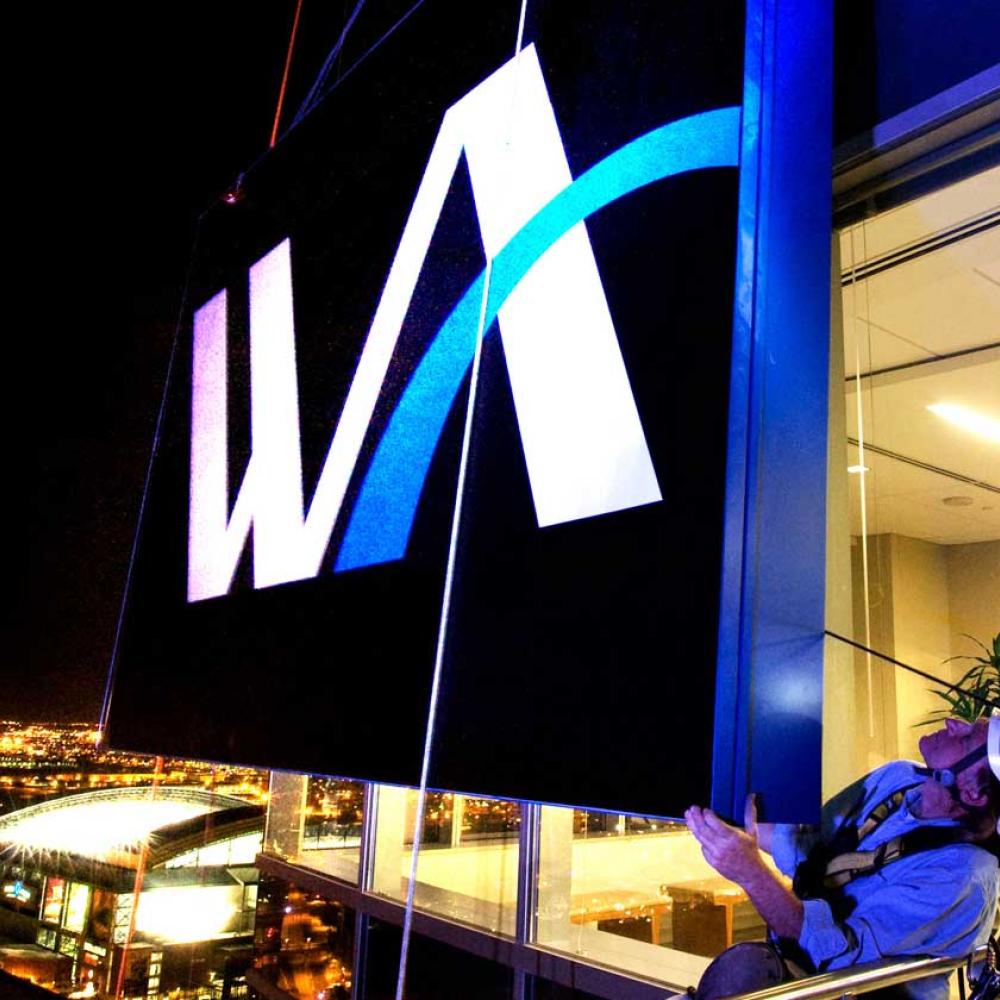Can Your Business Defend Itself Against Cyber Crime?
In a recent case of cyber crime identified by the FCC, the criminals simply call their victims over the phone and asked “Can you hear me?”-- tricking the person on the other end to say “yes” into the phone. According to Data Breach Today, the response is recorded and reused as a voice signature in an attempt to make unauthorized charges on personal and business credit card accounts.
Cases like these are good reminders that threats do not always occur from software vulnerabilities. Most business owners are surprised to learn that many breaches happen not from directly hacking into a computer software system, but due to human errors, such as this recent phone scam case.
At Western Alliance Bank, we are committed to maintaining robust cybersecurity practices to help keep private client information private. It all starts with the realization that anyone—from the newest intern to the C-level executives—can become a target of digital crime and leave your company exposed.
According to an IBM 2016 Ponemon Cost of Data Breach Study, the average consolidated cost of a data breach is around $3.8 million—that’s an increase of 23% from 2013. Records or data stolen loses money, and the average amount of money lost for each record or piece of information stolen comes to $154. That’s a 6% increase from $145 in 2013.
The major causes of breaches according the Identity Theft Resource Center
- Hacking, 22%
- Insider theft or accidental exposure, 12%
- Subcontractors or third-party companies, 11%
Experian, a credit information company, noted that 80% of the breaches they often handle are directly tied with employee negligence. So what can you do to protect your company?
Plan to defend yourself against cyber crime
The Department of Homeland Security urges all CEOs to ask themselves the following questions:
- How is our executive leadership informed about the current level and business impact of cyber risks to our company?
- What is the current level and business impact of cyber risks to our company? What is our plan to address identified risks?
- How does our cybersecurity program apply industry standards and best practices?
- How many and what types of cyber incidents do we detect in a normal week? What is the threshold for notifying our executive leadership?
- How comprehensive is our cyber incident response plan? How often is it tested?
At Western Alliance Bank, we advise our clients to first understand that cybersecurity is NOT implementing a checklist of requirements; rather it is managing cyber risks to acceptable level and should be part of an organization’s governance, risk management and business continuity framework.
Make sure to stay informed through real-time and trend data on cyber events, lean on business-line managers to help identify potential supply chain risks created through third-party vendors or cyber dependencies.
Above all, regardless of company size, be sure to implement these simple practices that can help reduce the risk of cybercrimes at the office and when doing business remotely from mobile devices or home offices:
- Designate Specific Computers For Banking and Business Activities. Restrict personal activities on these systems such as internet browsing and access to personal email boxes.
- Review Financial Statements As Soon As They Arrive. Monitor monthly statements for discrepancies and unknown activity.
- Install and Maintain Anti-Virus/Anti-Spyware. Ensure you have a layered security approach that includes anti-virus/anti-financial malware solutions appropriate to your environment and update them regularly.
- Back-Up Data. Perform regular backups of critical data and store in multiple locations.
- Use Caution With WiFi Hotspots. When accessing business-related accounts and documents using WiFi at a coffee shop, airport or any public space, practice extra caution.
- Enable Security Features On Home Networks. Help prevent unwanted access on home networks by enabling security features, using a strong password and encryption.
- Use Care When Social Networking. Do not reveal sensitive information when using social networks such as Facebook and Linked In. Modifying settings to help prevent strangers from viewing you page is also recommended.
- Sector Information. Sharing and analysis centers, government and intelligence agencies, academic institutions, and research firms also serve as valuable sources of threat and vulnerability information that can be used to/first-independent-bank/small-business/fraud-protection enhance situational awareness.
At Western Alliance Bank, we work hard to help protect our business clients from cyber crime. With sophisticated fraud protection features built into our products and services, our clients can take a step toward protecting confidential information and help prevent breaches.

Western Alliance Bank
Western Alliance Bancorporation (NYSE:WAL) is one of the country’s top-performing banking companies. Its primary subsidiary, Western Alliance Bank, Member FDIC, is a leading national bank for business that puts customers first, delivering tailored business banking solutions and consumer products backed by outstanding, personalized service and specific expertise in more than 30 industries and sectors. With $90 billion in assets and offices nationwide, Western Alliance excels at helping businesses of all sizes capitalize on their opportunities to solve today and succeed tomorrow. Western Alliance Bank includes six legacy bank brands — Alliance Association Bank, Alliance Bank of Arizona, Bank of Nevada, Bridge Bank, First Independent Bank and Torrey Pines Bank — that continue to be part of the company’s heritage. Western Alliance has ranked as a top U.S. bank by American Banker and Bank Director since 2016. In 2024, Western Alliance Bancorporation again was #1 for Best CEO, Best CFO and Best Company Board of Directors on Extel’s All-America Executive Team Midcap Banks list.
